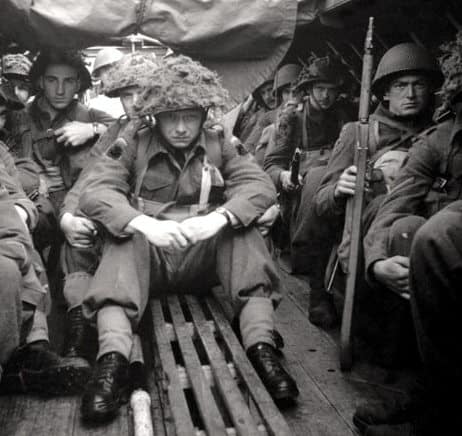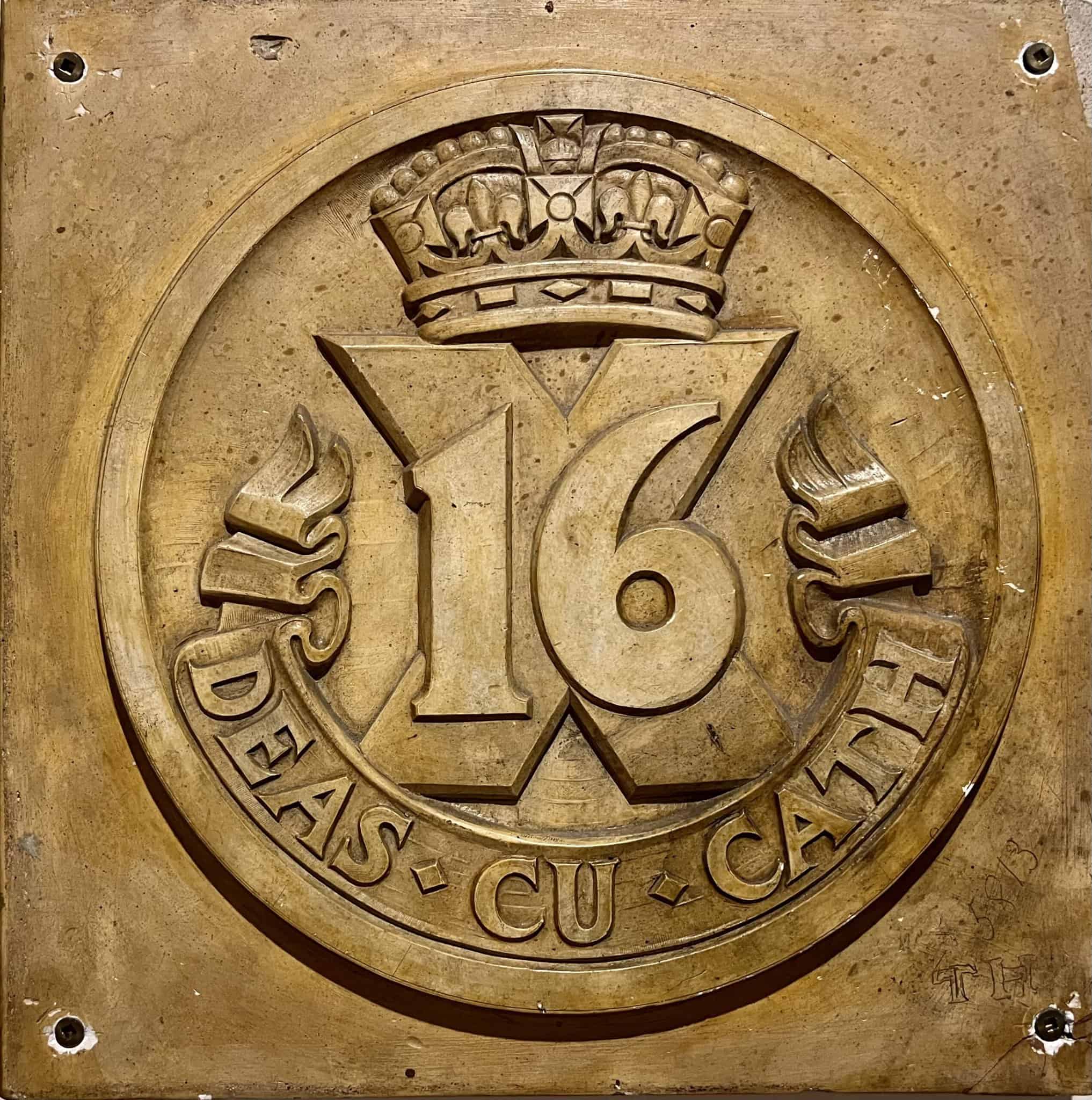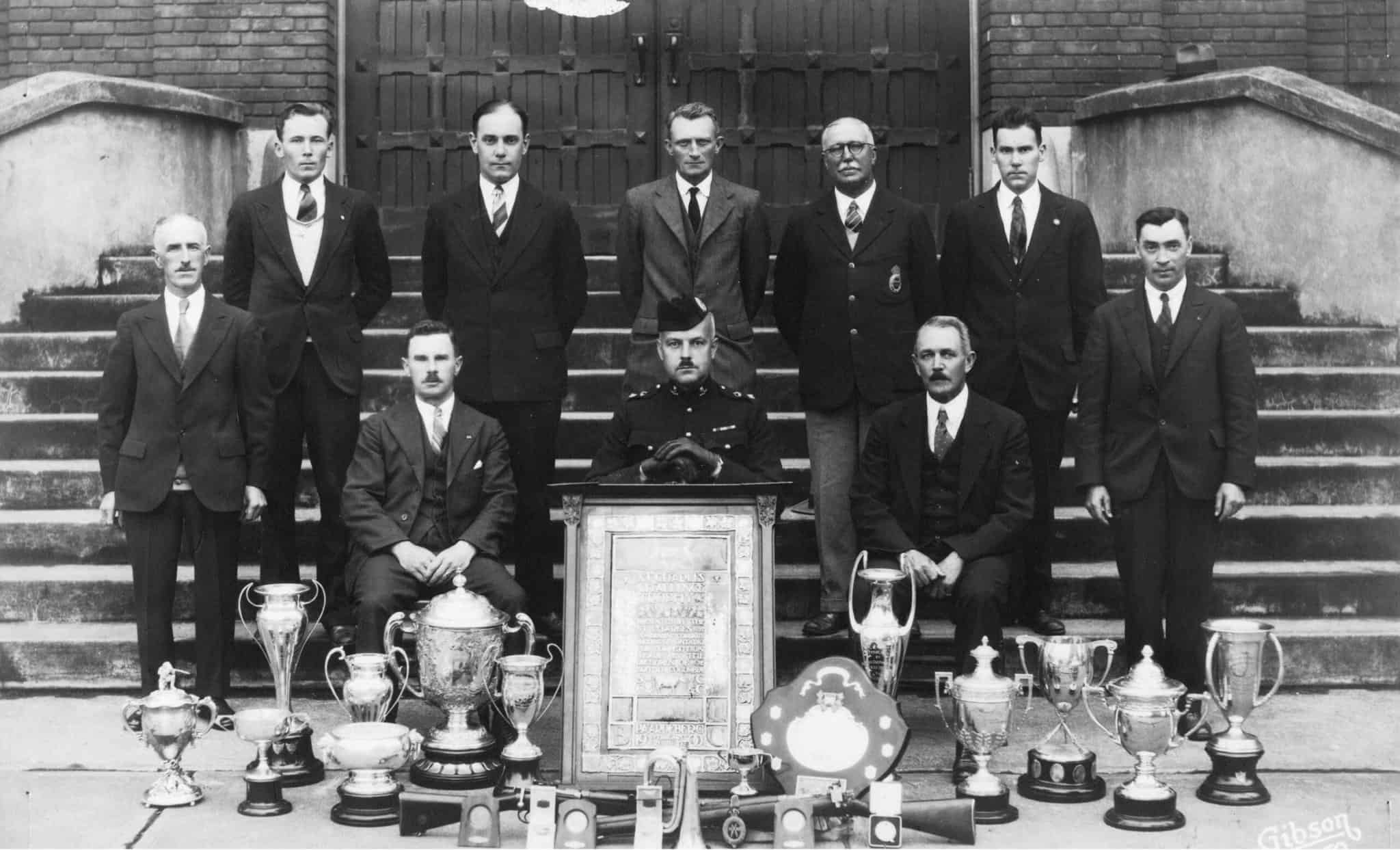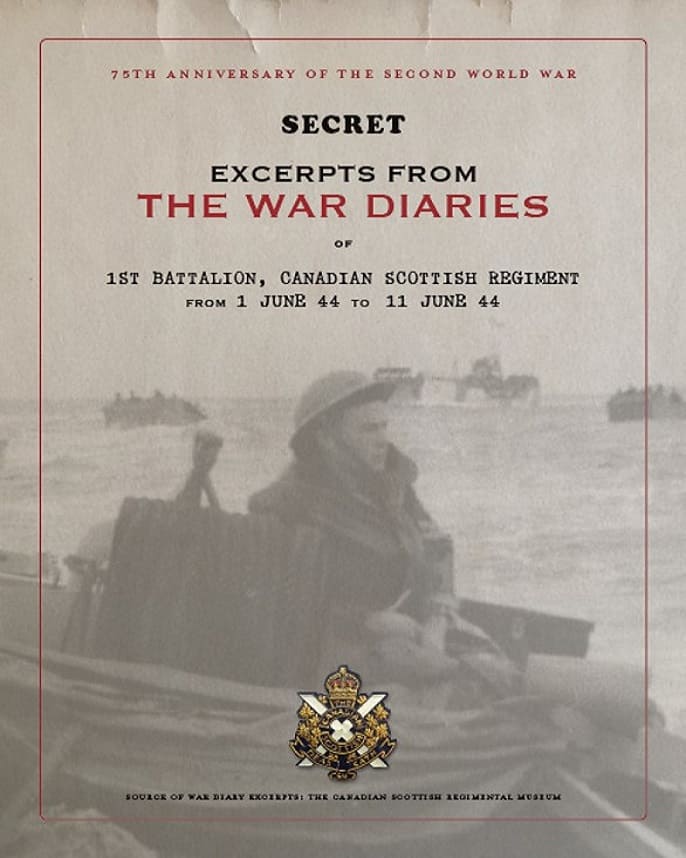History
Serving Canada for over 110 years
Understanding Infantry:
“Ready for the Fray”
The CScotR motto “Ready for the Fray” perfectly describes the role of an infantry regiment. The infantry are the foot soldiers who compose the sharp end or point of an attack. Their main responsibility is to close with and overcome the enemy. To do this effectively requires a great amount of training as well as bravery and commitment.
Viewing this series of five images will help you appreciate the courage and bravery required to be an infantry soldier in action. While viewing the following images, put yourself in the boots of a soldier and imagine what it was like to participate in the D-Day landings.
Origins
The operational history of a kilted regiment in Victoria begins with the creation of the 50th Regiment (Gordon Highlanders) of Canada on 15 August 1913. The first commanding officer was Lieutenant-Colonel Arthur Currie who, after completing the Militia Staff Course, assumed his tole in March 1914. When war was declared in August 1914, Currie was promoted to Brigadier-General commanding the 2nd Infantry Brigade of the Canadian Expeditionary Force (CEF).
Victoria’s two militia regiments—the 88th Fusiliers and the 50th Gordon Highlanders were placed on active service for local protection duties in August 1914.
First World War
With the creation of the numbered battalion structure for the Canadian Expeditionary Force (CEF) the 50th Gordon Highlanders joined three other kilted regiments—the Seaforth Highlanders (Vancouver, BC), the Cameron Highlanders (Winnipeg, Manitoba), and the Argyll and Sutherland Highlanders (Hamilton, Ontario)—to become the 16th Battalion, Canadian Scottish, CEF.
The Battalion was awarded 23 Battle Honours which include: the first gas attacks during the Second Battle of Ypres (1915), The Somme (1916), Vimy (1917), Passchendaele (1917) and various battles during the last 100 days. The Oak Leaf shoulder badge is worn as an honorary distinction for action at Kitchener’s Wood during the Second Battle of Ypres.
1st Bn CSCOT R 1932 Rifle team
Standing L-R Sgt T. Hall, LCpl F. Drysdale, Sgt J. Regan, Capt W. Tapley, Sgt B. Drysdale, Capt D. Fyvie. Sitting L-R Maj S. Henson, LCol B. Stephenson (Commanding Officer) Capt D. Thomas
Between the Wars
At the end of the First World War the Canadian Expeditionary Force was disbanded. Demobilized soldiers returned to civilian life and some to their home militia regiments. The name “Canadian Scottish” was given permanent status when, on 15 March, 1920, the 88th Fusiliers and the 50th Gordon Highlanders were combined to form The Canadian Scottish Regiment, (Non-permanent Active Militia). This brought the origin of the Regiment back to 3 September 1912 when the 88th Fusiliers were created.
On March 15, 1927 the Regiment became allied to The Royal Scots (The Royal Regiment). On April 24, 1930, Her Royal Highness Princess Mary became the Colonel-In-Chief.
As recruitment slowed in the initial years after the First World War, parties, dances, dinners and ceremonial parades became important recruiting tools. The Regiment also excelled at shooting, sports and band competitions.
Second World War
After training at Camp Debert, Nova Scotia and Aldershot, England, the 1st Battalion boarded troop ships on 2 June 1944 in preparation for the invasion of Normandy on 6 June.
The panel below is an overview of the Canadian Army’s involvement in the “Victory Campaign” and shows the four major areas of combat where the CScotR were awarded 18 Battle Honours: the Normandy Landings, the Channel Ports, the Scheldt, and North-West Europe.
Post-war and NATO
A major role of a reserve regiment is to “augment the Regular Force.” In this capacity, the Regiment has provided personnel to a variety of UN military observer, peacekeeping and peace enforcement operations in countries such as Cyprus, the Golan Heights, Egypt, the Balkans, Sierra Leone, Namibia, and Mali.
Afghanistan
Reserve soldiers provided up to 25% of Canadian troops on the ground in Afghanistan between 2006 and 2014. Over 67 CScotR soldiers were deployed to Afghanistan in a variety of roles with many soldiers going on more than one tour.
Roles included augmenting regular force infantry units, training Afghan security forces (army, police and fire), civilian liaison duties, assisting Provincial Reconstruction Teams.

People in Focus
Padre Robert Seaborn
MC, Croix de Guerre
The Battalion Chaplain is an important, but often forgotten role. Padre Seaborn held services on all three Canadian troop ships before entering a landing craft on the initial assault on Juno Beach. Despite being wounded, he assisted the Medical Officer in attending to the wounded, and buried the dead sometimes moving well out under enemy fire. He visited all ranks giving encouragement while attending to the welfare of the men.















